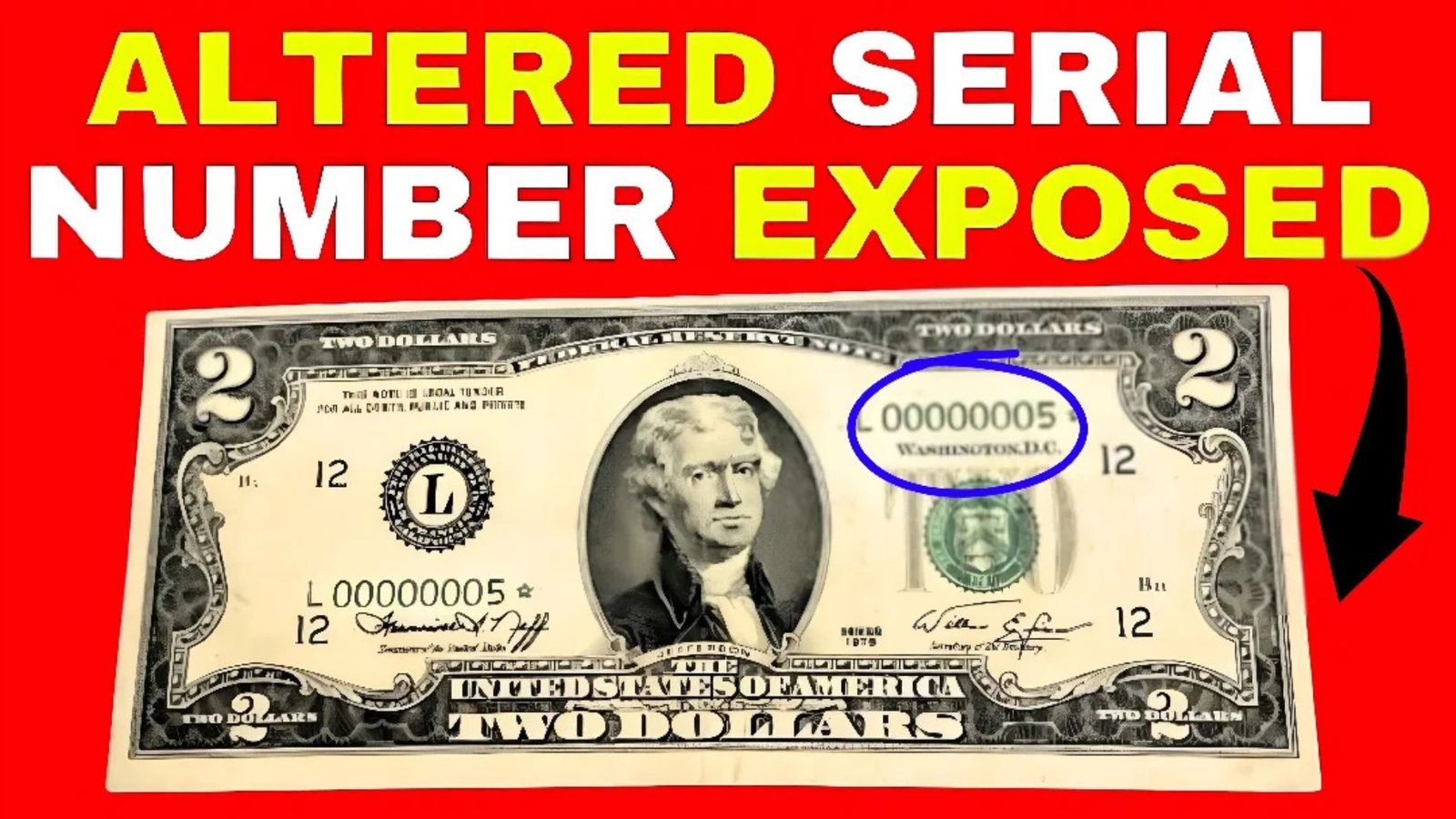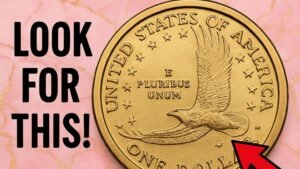Have you ever come across a $2 bill in your wallet or tucked away in a drawer? While $2 bills are rare, some from 1976 might be worth much more than their face value. This article will explain, in simple words, how to spot a valuable 1976 $2 bill, why some are special, and how to check if you have a hidden gem. Let’s dive into this exciting treasure hunt!
Why Are 1976 $2 Bills Special?
The $2 bill has always been a bit of a mystery in American currency. In 1976, the United States released a new version of the $2 bill to celebrate the country’s 200th birthday, also known as the Bicentennial. These bills feature a unique design with a painting of the Declaration of Independence on the back, making them stand out. While most are worth just $2, some rare versions can be worth thousands or even millions due to specific features or errors.
What Makes a $2 Bill Valuable?
Not every 1976 $2 bill is a jackpot, but certain factors can make yours a collector’s dream. Here’s what to look for:
- Printing Errors: Mistakes during printing, like misaligned numbers or smudged ink, can make a bill rare.
- Serial Numbers: Unique serial numbers, such as low numbers (e.g., 00000001), repeating digits (e.g., 77777777), or ladder numbers (e.g., 12345678), are highly sought after.
- Star Notes: Bills with a star (*) in the serial number are replacements for damaged bills and are rarer.
- Condition: Bills in crisp, uncirculated condition (no folds, tears, or stains) are worth more.
- First-Day Issues: Some 1976 $2 bills were postmarked on April 13, 1976, with a special stamp, increasing their value.
How to Check If Your 1976 $2 Bill Is Valuable
Ready to inspect your $2 bill? Follow these simple steps to see if it’s a treasure:
- Look at the Serial Number: Check the green serial number on the front of the bill. Look for unique patterns like repeating digits or low numbers. A star (*) in the serial number is a good sign.
- Check for Errors: Examine the bill for misprints, such as off-center designs, missing ink, or double printing.
- Assess the Condition: Is the bill crisp and clean, or is it worn and folded? Uncirculated bills are more valuable.
- Look for a Postmark: Some 1976 $2 bills have a postmark from April 13, 1976, with a 13-cent stamp, which adds value.
- Compare with Known Valuable Bills: Research online or consult a currency guide to see if your bill matches known rare examples.
Key Features of a Valuable 1976 $2 Bill
| Feature | Description | Potential Value |
|---|---|---|
| Low Serial Numbers | Numbers like 00000001 or 00000002 | $500–$10,000+ |
| Star Notes | Serial number with a star (*) | $50–$5,000+ |
| Printing Errors | Misaligned prints, missing ink, or double prints | $100–$1,000+ |
| First-Day Postmark | Postmarked April 13, 1976, with a 13-cent stamp | $15–$500+ |
| Uncirculated Condition | Crisp, no folds or damage | $10–$100+ |
Where to Sell Your Valuable $2 Bill
If you think you have a rare 1976 $2 bill, here’s how to turn it into cash:
- Coin Shops: Local coin or currency dealers can appraise and buy your bill.
- Auction Houses: Reputable auction houses like Heritage Auctions specialize in rare currency.
- Online Marketplaces: Websites like eBay or Etsy allow you to sell directly to collectors, but be cautious of fees and scams.
- Currency Shows: Attend coin and currency shows to meet collectors and dealers in person.
- Professional Grading: Send your bill to a grading service like PCGS or NGC to certify its condition and authenticity, which can increase its value.
Tips for Selling Safely
- Get an Appraisal: Have an expert evaluate your bill before selling.
- Avoid Scams: Only deal with trusted buyers or platforms.
- Store Properly: Keep your bill in a protective sleeve to maintain its condition.
Why Collectors Love 1976 $2 Bills
The 1976 $2 bill is more than just money—it’s a piece of history. The Bicentennial design, with its iconic image of the Declaration of Independence, makes it a favorite among collectors. Plus, the $2 bill is already uncommon, so finding one in good condition or with unique features is exciting. Collectors are willing to pay top dollar for bills that stand out, especially those with rare serial numbers or printing mistakes.
Fun Facts About the 1976 $2 Bill
- The $2 bill was reintroduced in 1976 after a 10-year break.
- The back features a painting by John Trumbull, showing the signing of the Declaration of Independence.
- Some people believed $2 bills were unlucky, which made them less common in circulation.
Conclusion
Your 1976 $2 bill might look like just another piece of cash, but it could be a hidden treasure worth thousands or even millions. By checking for unique serial numbers, printing errors, or a first-day postmark, you can uncover its true value. Whether you’re a collector or just stumbled upon one, take the time to inspect your bill carefully. You might be holding a rare piece of American history! If you think you have a valuable bill, get it appraised by a professional and explore selling options like coin shops or auctions. Start your treasure hunt today!
FAQs About 1976 $2 Bills
How can I tell if my 1976 $2 bill is valuable?
Check the serial number for unique patterns (low numbers, repeating digits, or a star). Look for printing errors or a first-day postmark from April 13, 1976. The bill’s condition also matters—crisp, uncirculated bills are worth more.
Where can I sell my 1976 $2 bill?
You can sell to coin shops, auction houses, or online platforms like eBay. For high-value bills, consider professional grading to boost their worth.
Are all 1976 $2 bills rare?
No, most are worth $2 unless they have special features like rare serial numbers, printing errors, or a first-day postmark.
What is a star note?
A star note is a replacement bill with a star (*) in the serial number, printed when a regular bill is damaged. These are rarer and often more valuable.
How do I protect my $2 bill?
Store it in a protective sleeve or holder to prevent damage. Avoid folding or exposing it to moisture.




